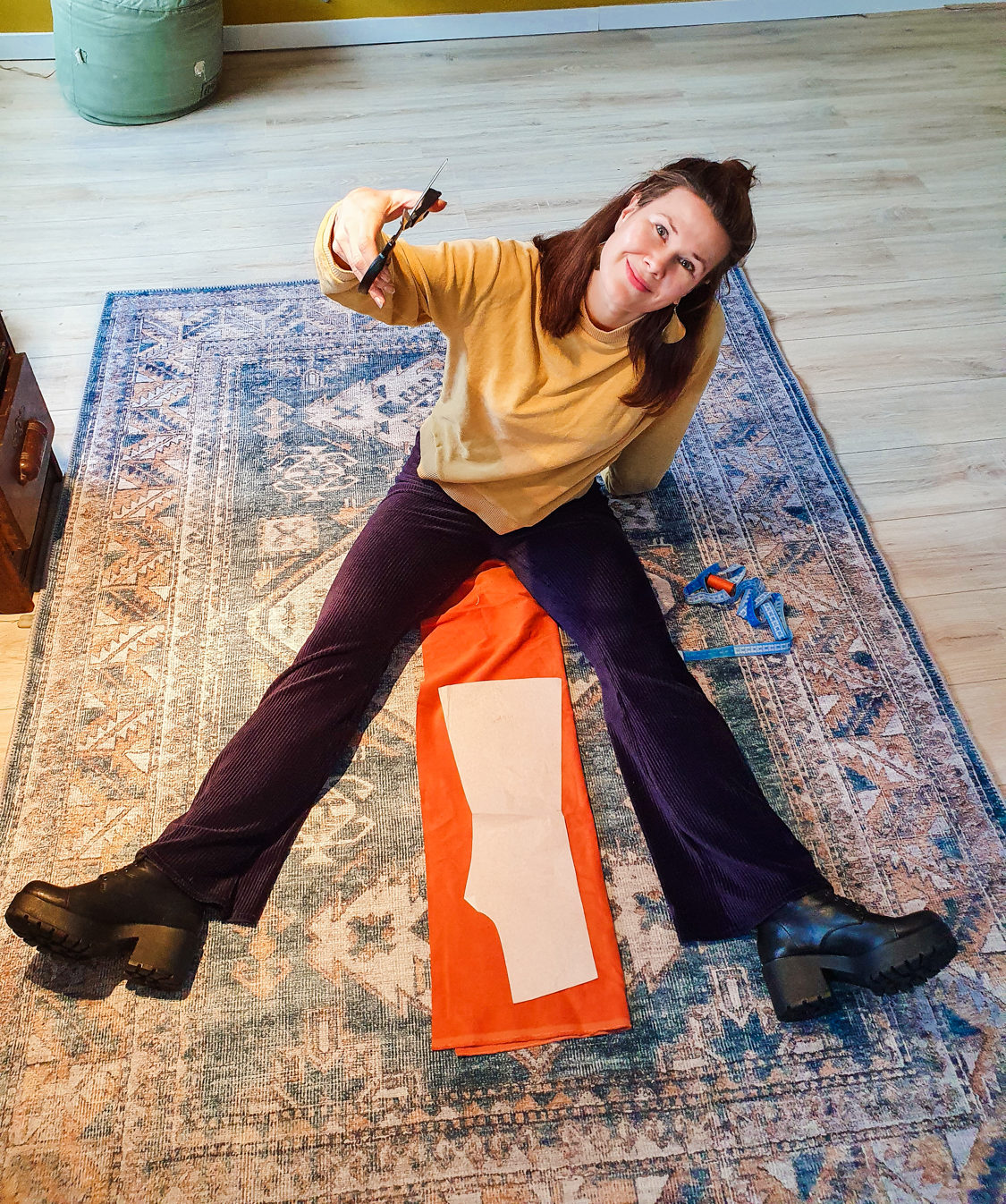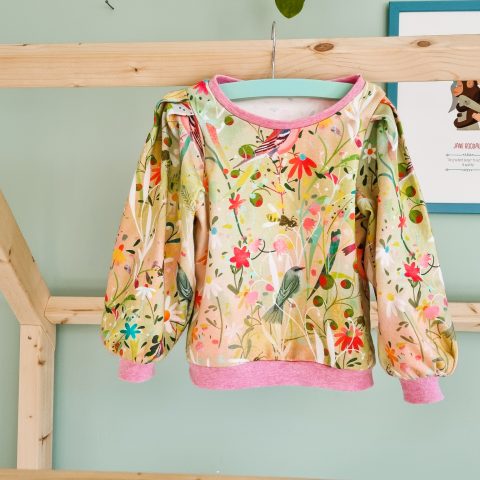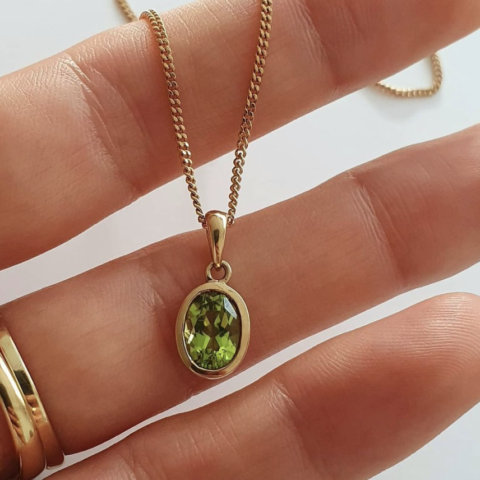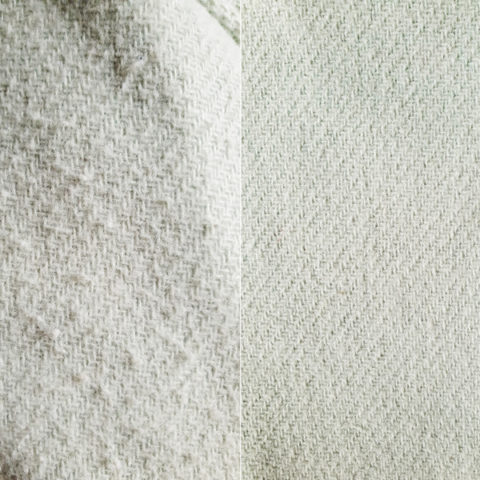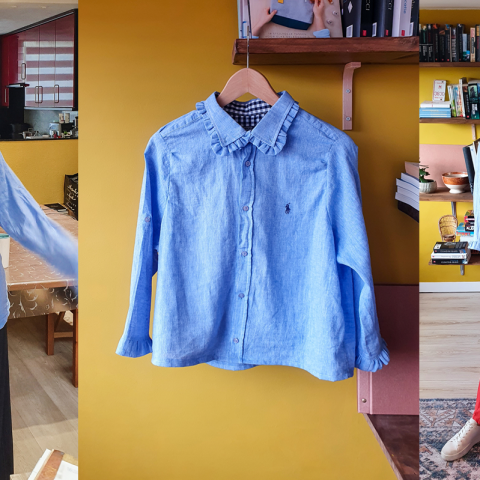My mother used to sew all our clothes for me and my two sisters. Like so many mothers of her generation, it was common they were raised with sewing skills. Clothes were expensive, money was in short supply so it was more economical to make them yourself.
What a different time I grew up in. Fast fashion came up and my mum stopped sewing our clothes, because it was so much cheaper to buy them. On top of that, time became in short supply. Hence, an entire generation grew up oblivious about what it takes to make clothing. The average millennial has no idea what a finished hem looks like.
I vividly remember this sense of calmness and contentment taking over
Lidewij Edelkoort writes that craft has been born from human life and needs, and therefore will possibly sustain itself into the far future so long as our species survives. How true this is, personally I’d let my craft skills bleed to death in the past 20 years. As a kid and teenager I was constantly creating, weaving, painting and folding. I vividly remember this sense of calmness and contentment taking over when I retreated into my world of crafts.
And now that I’ve taking up sewing lessons, I realise how much I’ve missed this. Not just the process of creating, but also the incredible pride that takes over when you’ve created something with your own hands.
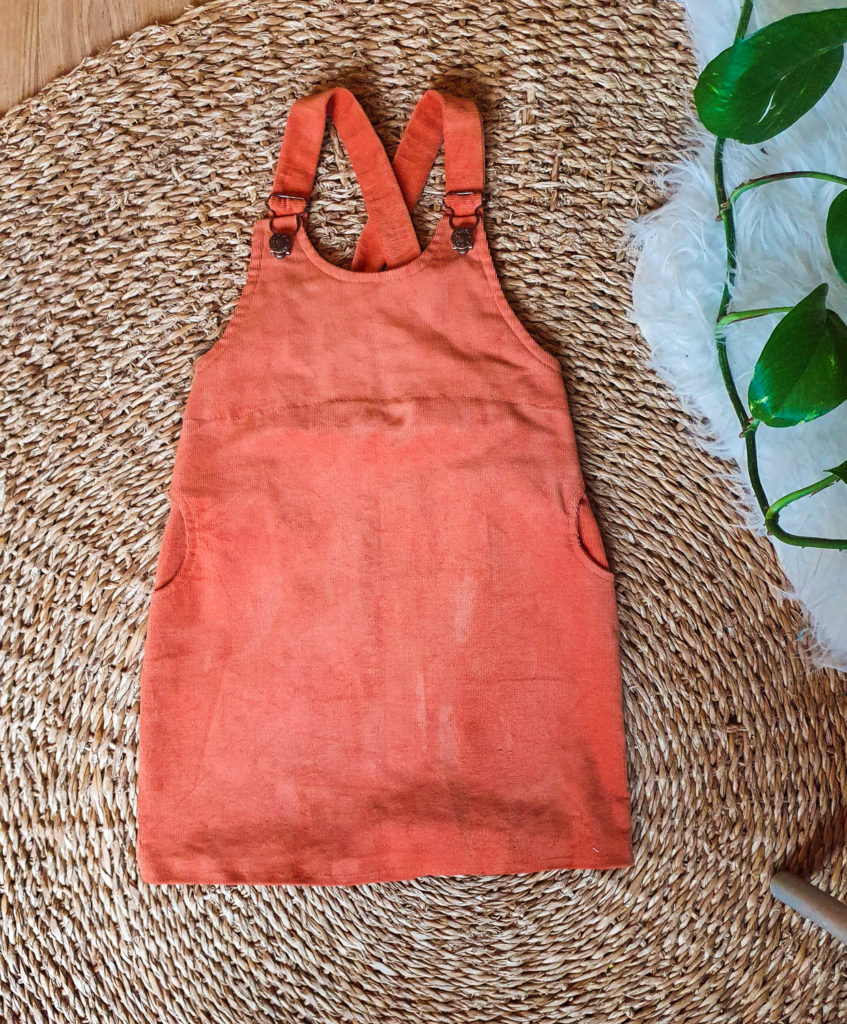
I’ve finished my first garment a couple of weeks ago, a pinafore dress for my daughter Norah, and I’ve showed it to my colleagues, family, friends (who admired it (in)voluntarily), on Instagram and now to you.
My second preciousss are these flared pants. A junior version is in the making for Norah!
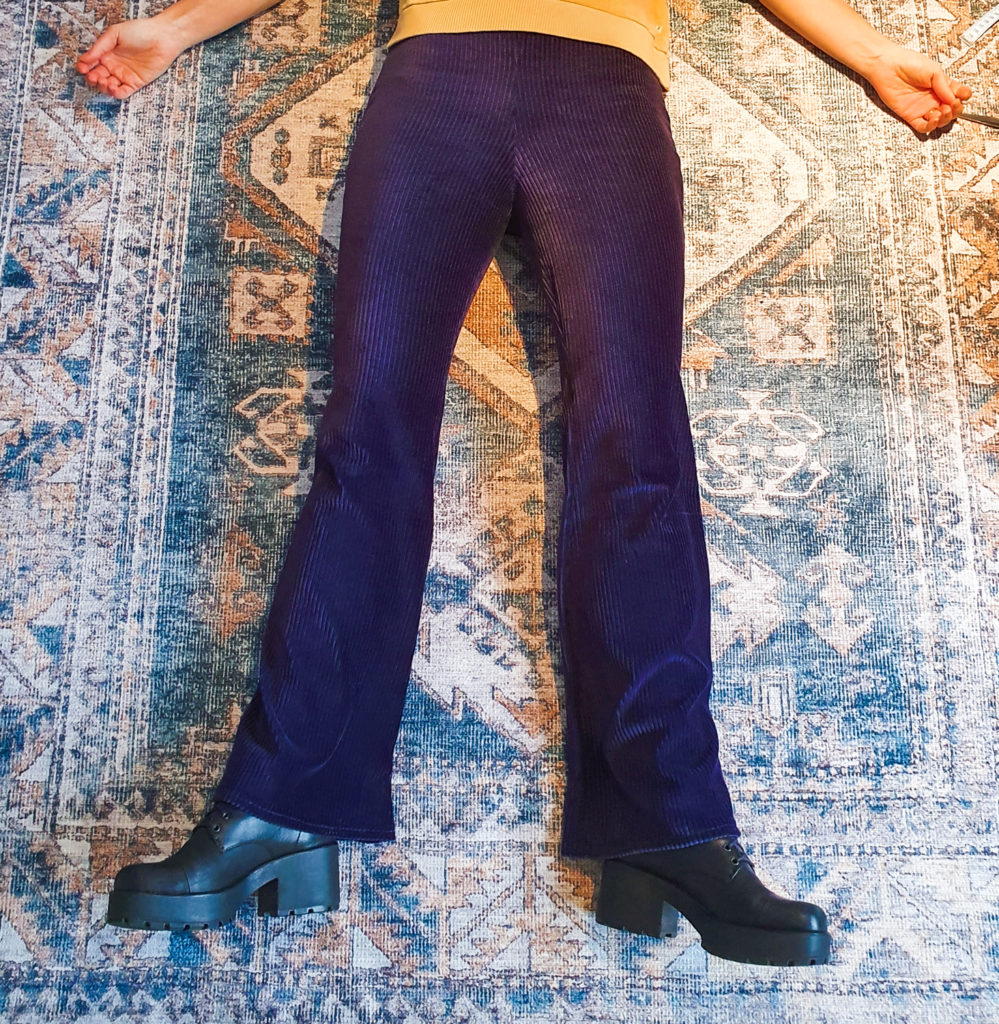
I’m well aware that I’m just in this sewing business for three months, but I already learned a few things that I think everyone can relate to, whether you like stitching or not:
1. Good things take time and effort
We live in a fast-paced world, where everything is always urgent. We’re so used to having things available at our fingertips whenever we want, no matter if it’s Vietnamese food, endless music streams, phone repair service and so on. And that can be great! When I’m exhausted after a long day of work and care, I can order a pizza and have this delivered within 45 minutes and I love that.
But it’s also nice to have a deeper connection with the things that surround you. Of course it’s much easier to order a new dress and some tops at Zara with a few clicks. However, when you actually sew one simple garment yourself, you realise how much time and effort is needed and you will see your wardrobe with different eyes. More appreciative. All your clothes are touched by human hands, who are trying to make a living with their craft skills.
Without doubt, we will have to settle for small quantities and higher pricing; after all, these goods are made by hand and created by man, one by one. Large companies should therefore refrain from delving into craft ideas, exposing them for one season only to discard them the next. Global markets ruin the sustainable perspective of local arts and crafts; they devour their ideas, modify their production rhythm, demand much in little time to only then demand little for a long period. The fatigued fashion cycles of style turn the wheel evermore quickly to ultimately feel unsatisfied about everything. Distribution will become the mechanism of editing the pace. - Lidewij Edelkoort
I’ve calculated what my flared pants would cost If I were to make a decent living in the Netherlands and the price is shocking. Let’s say I would be charging an hourly rate of €30,-, materials are €15,- and I would work three times as fast as I’m doing now, these pants would still cost €110,-. Just a simple pair of flared leggings. So you do the math how much a seamstress in Bangladesh earns or a cotton farmer in India when these pants are in store for €35,-.
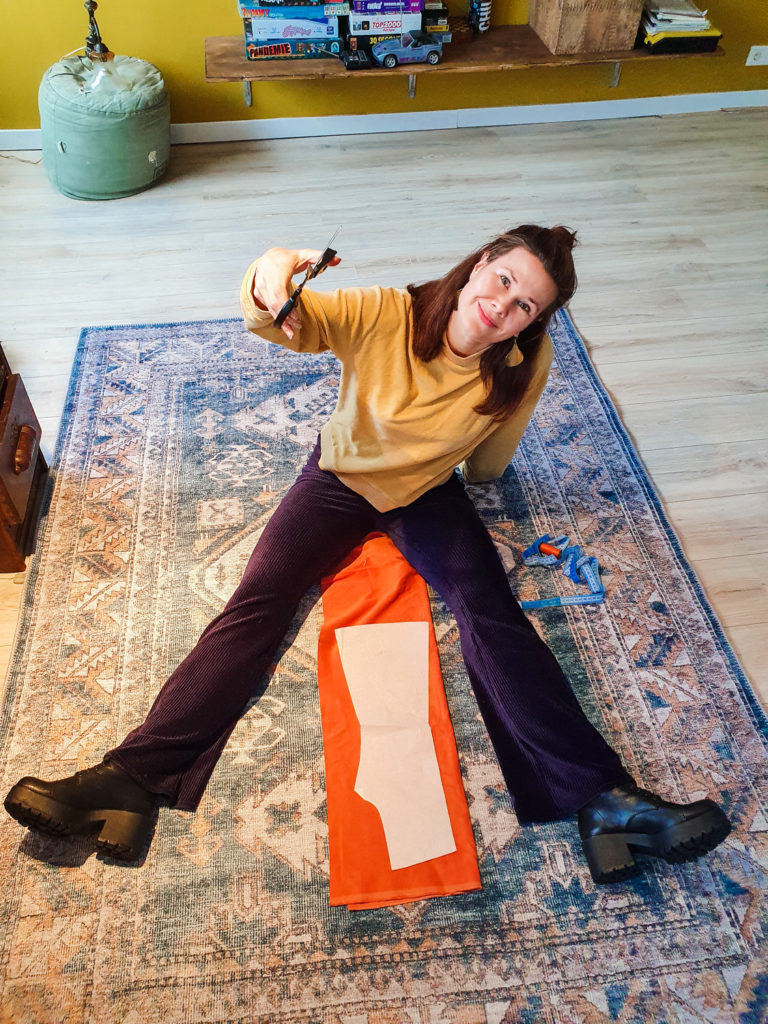
In order to appreciate what you have and to be willing to pay a fair price for well made things, it helps to understand more about the work behind the scenes.
2. Short cuts will bite you in the ass
There are so many DIY tutorials on Youtube how to make pants or a shirt in an hour. Time is won by skipping important steps like pinning the pattern on the fabric, not using a pattern at all or not pressing the seams. I see girls simply laying a well fitting pants on the fabric and they just start to cut around it.
Rushing is never a good idea (except when you’re being chased by Freddy Kuger) in any aspect of life. There’s a Chinese proverb that says:
“One moment of patience may ward off great disaster. One moment of impatience may ruin a whole life.”
Sewing teaches me to be patient. Taking a shortcut usually means that you have to accept that your finished garment might not turn out the way you’ve intended. Working by the rule of thumb can work out, but that’s sheer luck. Paying attention to the details and following instructions closely, will be clearly visible in your end result.
3. Learn to take a break
Now that we’ve been working from home for almost a year, this is a lesson to take by heart. But sewing somehow made this lesson more clear to me, because the mistakes that I start making when I don’t take a break from the stitching, are (often) irreversible and visible. And that means a lot of unpicking. Sewing makes it more tangible that my brain and hands need a break.
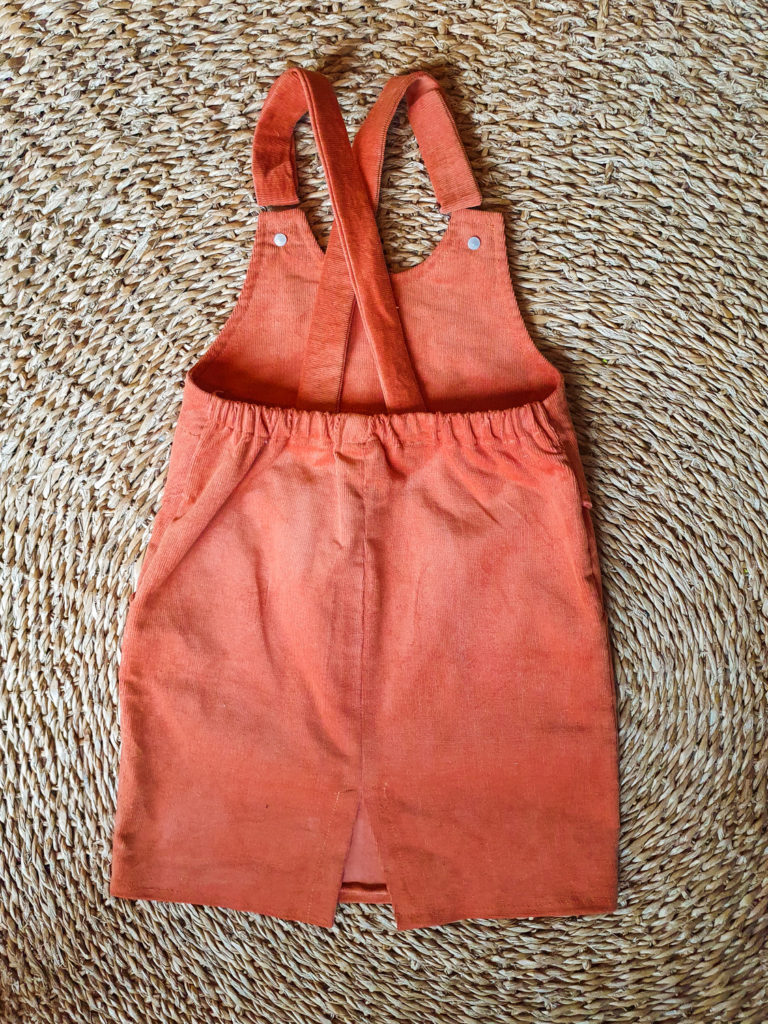
It’s different when I start making mistakes writing an article. I simply delete the words.
But the mechanism of getting stuck is the same. You’ve been staring at an issue for too long without making any progress, but you don’t want to let it go. You want to finish it, now!
When I do take a break and clear my head, the problem solves itself most of the time. I was just too tired or frustrated to see the solution. It all comes down to patience and selfcare.
Now that I feel the urgency of a break during sewing, I’ve started planning breaks more regularly with my writing job as well.
